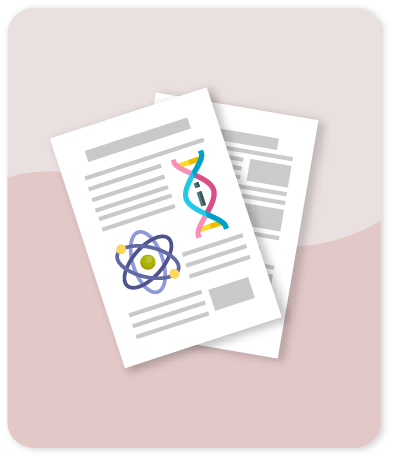Tungsten carbide in heterogeneous catalysis: An application of theory to gain insights into catalytic processes

Compartir este ítem
Fecha
2023Autor
Jimenez-Orozco C
Koverga A
Flórez E
Rodriguez J.A.
Citación
Metadatos
Mostrar el registro completo del ítemResumen
Heterogeneous catalysis is important for producing fuels and commodities, with several processes using platinoids (i.e., Pt, Pd, Os, Rh, Ru, and Ir) as core materials. However, the scarcity of these metals implies a strong limitation for their use at large scale in the long term. Tungsten carbide (WC) has been proposed as an alternative non- expensive catalytic material, and using it as a support for Pt, or as an active phase in several reactions, requires a better understanding of the fundamental origins of its catalytic properties. Thus, the WC and M/WC (M: transition metal) systems have been extensively studied as well- defined catalysts in the last years, using calculations from first principles to unveil their chemistry at the atomic level, where the knowledge gained is useful as a key and preliminary step in the design of technical catalysts. The theoretical studies offer a complete panorama as a bridge between theory and experiment, since they account for relevant variables such as surface coverage, temperature, and pressure conditions within the thermodynamics landscape, together with the establishment of reaction rates within a kinetic framework. The fundamental studies provide an understanding at the atomic level, identifying surface active sites, plus geometric and electronic properties which can be modulated to account for a desired catalytic activity, according to the applications. In many cases, the computations for WC and Pt/WC systems are performed using periodic Density Functional Theory (DFT), within the framework of solid-state physics. The conceptual topics and details of the methodology are fundamental, since they provide the basis for building technical catalysts and acquire relevant information. Therefore, it is quite relevant to explore the behavior of WC and Pt/WC under different chemical environments, together with their applications in several processes as heterogeneous catalysts. The current chapter covers applications of WC and M/WC (M=Pt, Pd, Ag, Au, Ni, Cu, Rh) as heterogeneous catalysts in several processes, including binding and transformation of key molecules (CO2, O2, CO, H2O, ethylene, acetylene, ethane, ethylidyne, hydrogen, methanol, ammonia, NOx, formic acid) in industrial operations linked to hydrogenation and hydrodeoxygenation reactions. The applications to electrocatalysis imply a particular connection experiment-theory in the fundamental understanding of several phenomena. Therefore, the Hydrogen Evolution Reaction (HER) involves experimental details regarding synthesis methods and how the experimental conditions affect the electrocatalytic performance of WC-based systems. The chapter ends with conclusions, including an outlook regarding the potential and future use of tungsten carbides in heterogeneous catalysis, together with the challenges and knowledge gained from the current fundamental understanding of several processes at the atomic level by computing models. © 2023 Nova Science Publishers, Inc. All rights reserved.
Colecciones
- Indexados Scopus [1893]
